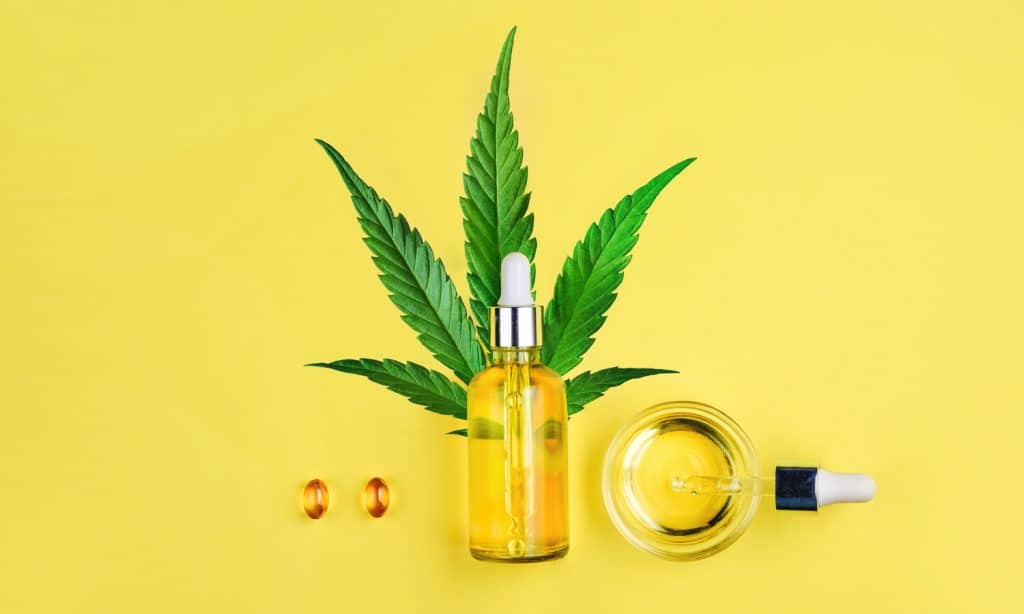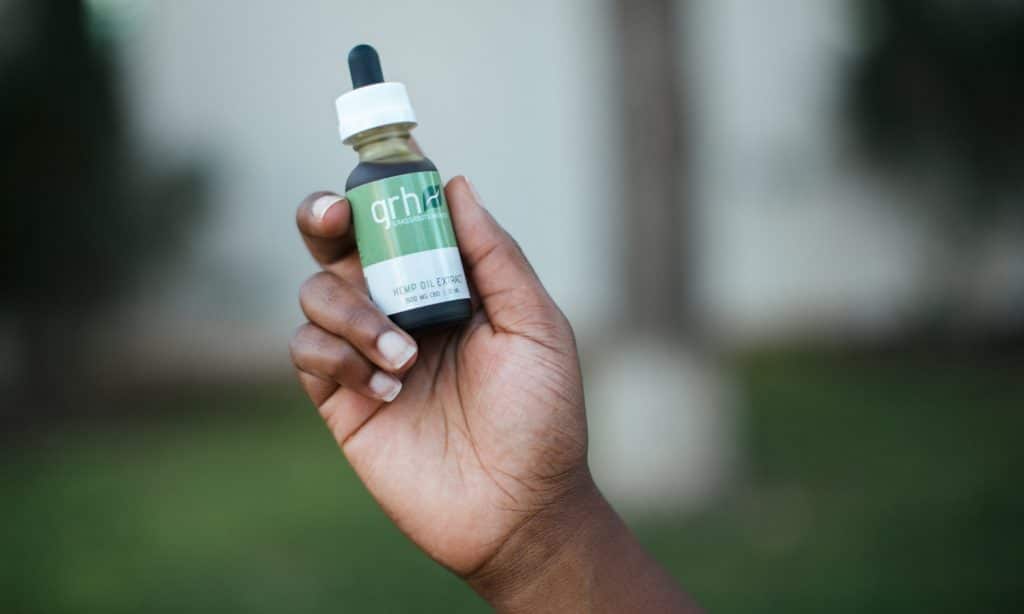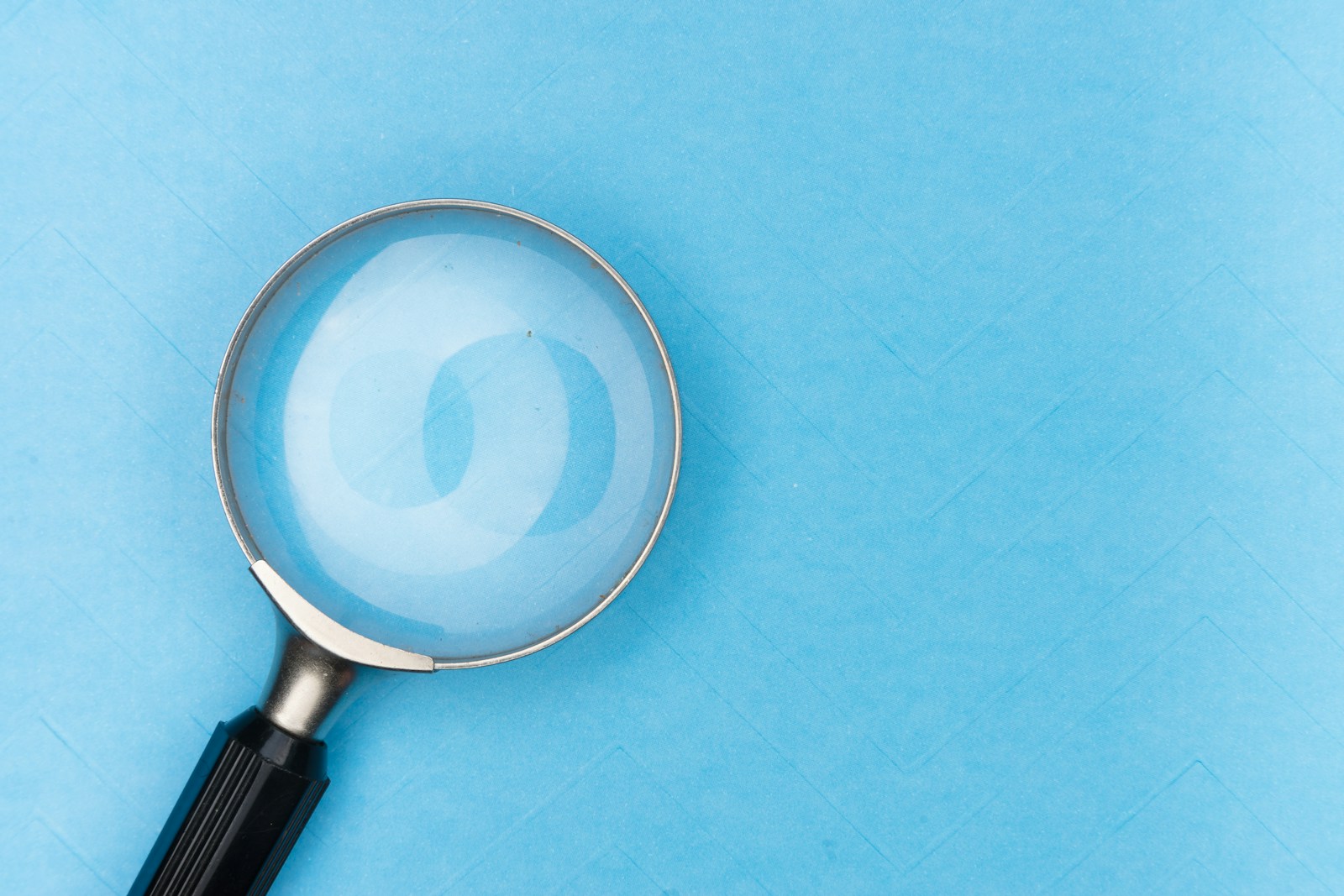It is crazy popular and it seems you can find it all over, but be careful – here is what to look for before you buy CBD.
Science and the public have been good to CBD. It helps with the ever popular issue of sleeping and it can help reduce anxiety. Discreet, convenient and semi fast acting – it can be a help mate for first dates, stressful family events, or just rough days. The CBD/cannabis Epidiolex has been proven to reduce seizures and is the first cannabis-derived medicine approved by the FDA. So lots of benefits, but since it is still a bit of a newbie on shelves…you need to be careful of what you buy. Here are 5 key tags to check on a CBD label.
RELATED: How To Use CBD For A Better Night’s Sleep
Reading product labels is often confusing, overly technical and filled with materials no one understands. Add to the mix the fact CBD is still in FDA limbo, and you need a list like this to point you in the right direction. Here are 5 things to check when reading a CBD label.
Make sure CBD is in on the label and in the product
First thing’s first: make sure there’s actually CBD in your CBD product. Today’s CBD landscape is filled with products that claim to contain CBD while really containing just hemp oil, or lie about the amount of CBD they contain. Look for either CBD or cannabidiol and be wary of products containing hemp seeds, cannabis sativa, hemp seed oil, etc. Although these ingredients sound weedy, they’re not the same thing as CBD.

Check the dosage and ingredients
Dosage in key in how effective it will be. Be understanding it you time the amount you need then time out when you might want to take it again. Additionally, look for a full list of ingredients, including the carrier oil used. Check for any potential allergens or additives you want to avoid.
RELATED: 5 Uses For Hemp Besides CBD Oil
Keep an eye out for COA
COAs guarantee the product you’re looking at has been tested by a third party facility that has no relationship to the maker. Their results are unbiased and thus trust worthy. Reputable companies should feature this information on their labels, which should come in the shape of a bar code and should be easily accessed via smartphone. If this isn’t the case, the COA should appear on the product’s website.

Look for the CBD oil source
One of the first red flags of fake CBD products is a label that’s vague or doesn’t state where the CBD oil was sourced. CBD can be sourced from cannabis plants or industrial hemp, and most quality products tend to be “full spectrum,” “broad spectrum,” or “CBD isolate.”
Know your cannabis state laws
This is important since CBD label requirements vary by state, with the best labels being from products sold in areas where marijuana is legal. If you’re purchasing a product from out of a legal state, these packages should at least imitate how regulated products look.


